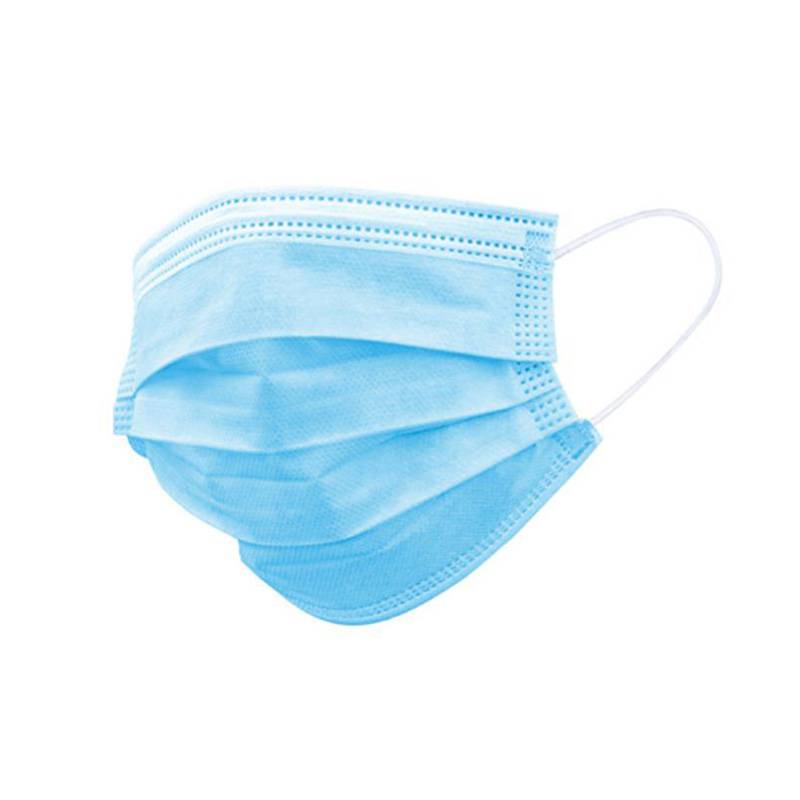Disposable Scrub Suits
| Code | Specifications | Size | Packaging |
| SSSMS01-30 | SMS30gsm | S/M/L/XL/XXL | 10pcs/polybag, 100pcs/bag |
| SSSMS01-35 | SMS35gsm | S/M/L/XL/XXL | 10pcs/polybag, 100pcs/bag |
| SSSMS01-40 | SMS40gsm | S/M/L/XL/XXL | 10pcs/polybag, 100pcs/bag |
Note: All gowns are available in different colors and weight per your request!
Microorganisms:
Design: Typically consists of two pieces—a top (shirt) and pants. The top usually has short sleeves and may include pockets, while the pants have an elastic waistband for comfort.
Sterility: Often available in sterile packaging to maintain a contamination-free environment, especially critical in surgical settings.
Comfort: Designed for ease of movement and comfort during long periods of wear.
Safety: Provides a barrier against pathogens, bodily fluids, and contaminants, reducing the risk of infection transmission.
Infection Control: Helps prevent the spread of infectious agents between patients and healthcare workers by providing a clean barrier.
Convenience: Eliminates the need for laundering and maintaining reusable scrubs, saving time and resources.
Hygiene: Ensures a fresh, uncontaminated garment is used for each procedure, critical in maintaining sterile environments.
Versatility: Used in various medical settings, including surgeries, emergency rooms, outpatient clinics, and during procedures where contamination risk is high.
Cost-Effective: Reduces costs associated with laundering and maintaining reusable scrubs.
Time-Saving: Simplifies inventory management and reduces the time spent on laundry and garment maintenance.
Hygienic: Minimizes the risk of cross-contamination and ensures a high standard of cleanliness.
Environmental Impact: Generates medical waste, contributing to environmental concerns due to the single-use nature of the product.
Durability: Generally less durable than reusable scrub suits, which may not be suitable for all situations or extended wear.
Disposable scrubs are typically made from non-woven materials designed for single use. The most common materials used include:
Polypropylene (PP): A thermoplastic polymer, polypropylene is lightweight, breathable, and resistant to moisture. It is commonly used due to its durability and cost-effectiveness.
Polyethylene (PE): Often used in combination with polypropylene, polyethylene is another type of plastic that adds an extra layer of protection against fluids and contaminants.
Spunbond-Meltblown-Spunbond (SMS): A composite non-woven fabric made of three layers—two spunbond layers sandwiching a meltblown layer. This material offers excellent filtration, strength, and fluid resistance, making it ideal for medical applications.
Microporous Film: This material consists of a non-woven fabric laminated with a microporous film, providing a high level of fluid resistance while remaining breathable.
Spunlace Fabric: Made from a blend of polyester and cellulose, spunlace fabric is soft, strong, and absorbent. It is often used for disposable medical garments due to its comfort and effectiveness.
A scrub suit must be changed under the following circumstances to maintain hygiene and prevent the spread of infection:
After Each Patient Contact: Change scrubs to prevent cross-contamination between patients, especially in high-risk or surgical environments.
When Soiled or Contaminated: If scrubs become visibly soiled or contaminated with blood, bodily fluids, or other substances, they should be changed immediately to prevent infection spread.
Before Entering a Sterile Environment: Healthcare professionals should change into fresh, sterile scrubs before entering operating rooms or other sterile environments to maintain sterility.
After a Shift: Change scrubs at the end of a shift to avoid bringing contaminants home or into public areas.
When Moving Between Different Areas: In settings where different areas have varying levels of contamination risk (e.g., moving from a general ward to an intensive care unit), changing scrubs is essential to maintain infection control protocols.
After Performing Specific Procedures: Change scrubs after performing procedures that involve high exposure to contaminants or pathogens, such as surgeries, wound care, or handling infectious diseases.
If Damaged: If the scrub suit becomes torn or damaged, it should be replaced immediately to ensure proper protection.
No, disposable scrubs are designed for single use and should not be washed or reused. Washing disposable scrubs can compromise their integrity and effectiveness, negating the benefits they provide in terms of hygiene and infection control. Here are the reasons why disposable scrubs should not be washed:
Material Degradation: Disposable scrubs are made from materials that are not designed to withstand the rigors of washing and drying. Washing can cause them to degrade, tear, or lose their protective properties.
Loss of Sterility: Disposable scrubs are often packaged in a sterile condition. Once used, they lose this sterility, and washing them cannot restore it.
Ineffectiveness: The barrier protection provided by disposable scrubs against pathogens, fluids, and contaminants can be compromised after washing, making them ineffective for use in healthcare settings.
Intended Purpose: Disposable scrubs are intended for single-use to ensure maximum hygiene and safety. They are designed to be discarded after one use to prevent cross-contamination and maintain high infection control standards.
Therefore, it's essential to follow the manufacturer's guidelines and dispose of disposable scrubs after each use to ensure the safety and hygiene of healthcare environments.
A blue scrub suit typically indicates the role of the wearer in a medical setting. Commonly used by surgeons, nurses, and surgical technologists, blue scrubs help in identifying these team members during procedures. The color blue provides high contrast against blood and bodily fluids, reducing eye strain under bright surgical lights and aiding in contamination detection. Additionally, blue is a calming and professional color that contributes to a clean and reassuring environment for patients. While blue is a standard choice in many healthcare facilities, specific color codes can vary by institution.












